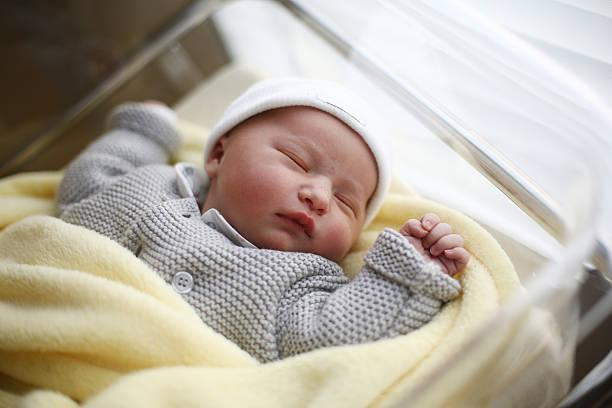
Respiratory distress remains one of the most common health concerns in newborns, particularly in premature infants. CPAP therapy has become a vital intervention for managing these issues effectively. Identifying the need for CPAP newborns is crucial for initiating timely treatment that can significantly impact their recovery and growth. This article discusses how healthcare providers and parents can recognize when CPAP for newborns might be necessary.
Understanding CPAP for Newborns
CPAP for newborns is a non-invasive ventilation strategy used to maintain airway pressure and keep the lungs open during exhalation. This treatment helps prevent the collapse of the airways, improving oxygenation and reducing the effort required to breathe. CPAP is most commonly used in neonatal intensive care units (NICUs) where respiratory support is needed for babies experiencing respiratory distress immediately after birth.
Signs That Indicate the Need for CPAP Newborns
- Rapid Breathing: One of the first signs that may indicate the need for CPAP newborns is an increased respiratory rate. Normal breathing rates for a newborn should be between 30 to 60 breaths per minute. Rates consistently above this range suggest respiratory distress and the potential need for supportive measures like CPAP.
- Grunting: Newborns with respiratory difficulties often exhibit grunting sounds at the end of each breath. This grunting is a natural attempt to keep the airways open. If a baby grunts frequently, it may indicate inadequate lung expansion, suggesting that CPAP for newborns might be necessary.
- Nasal Flaring: Watch for the widening of nostrils during breathing. Nasal flaring is a sign that a newborn is working harder to breathe. It typically occurs when the baby is trying to breathe more air, potentially signaling the need for respiratory support such as CPAP.
- Retractions: Another critical sign to look out for is retraction, where the skin around the ribs, collar bones, or sternum sinks in when the baby inhales. Retractions indicate that the infant is struggling to breathe, and using additional muscles to breathe suggests that CPAP for newborns may be beneficial.
- Cyanosis: Any bluish skin coloration, especially around the lips and fingertips, indicates a severe lack of oxygen, a condition known as cyanosis. This is a medical emergency where CPAP can help improve oxygenation and should be administered promptly.
Diagnosing Respiratory Issues in Newborns
To diagnose the cause and severity of respiratory issues and to determine whether CPAP for newborns is necessary, several diagnostic tools and assessments are used:
- Pulse Oximetry: This non-invasive test measures the oxygen saturation level in the baby’s blood and is a quick way to assess the need for additional oxygen or respiratory support.
- Blood Gases: Arterial blood gas tests can determine levels of oxygen, carbon dioxide, and other vital parameters in the blood, providing insight into how well the baby’s lungs are functioning.
- Chest X-ray: Imaging studies like a chest X-ray helps visualize the lungs and can detect conditions like respiratory distress syndrome (RDS), infections, or other structural abnormalities that might require CPAP.
Implementing CPAP Newborns
When CPAP is deemed necessary for a newborn, it's crucial to ensure that it's implemented effectively:
- Choosing the Right Device: There are various types of CPAP machines and interfaces designed specifically for infants. Selecting the appropriate device is crucial for the comfort and safety of the newborn.
- Monitoring and Adjustments: Continuous monitoring is necessary when CPAP is used. Caregivers must observe the infant's response to treatment and adjust the settings as required to ensure optimal support without causing harm.
- Family Education: Educating the parents about the purpose and function of CPAP newborns is crucial. They need to understand how the device helps their baby and what signs to look out for that might indicate issues with the therapy.
Conclusion
Identifying the need for CPAP newborns with respiratory issues involves careful observation of symptoms, understanding of the conditions that necessitate such intervention, and proper use of diagnostic tools. Early recognition and implementation of CPAP can lead to improvements in the health and well-being of the infant, reducing potential complications and supporting developmental outcomes. For families and healthcare providers, knowing when and how to use CPAP for newborns is an essential component of neonatal care.
Discover more innovative solutions for respiratory care at B&B Medical Technologies.